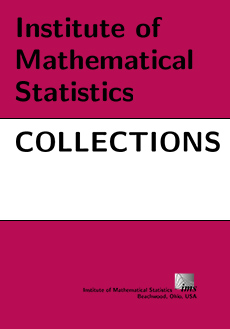Abstract
When a defendant’s DNA matches a sample found at a crime scene, how compelling is the match? To answer this question, DNA analysts typically use relative frequencies, random-match probabilities or likelihood ratios. They compute these quantities for the major racial or ethnic groups in the United States, supplying prosecutors with such mind-boggling figures as “one in nine hundred and fifty sextillion African Americans, one in one hundred and thirty septillion Caucasians, and one in nine hundred and thirty sextillion Hispanics.” In People v. Prince, a California Court of Appeals rejected this practice on the theory that only the perpetrator’s race is relevant to the crime; hence, it is impermissible to introduce statistics about other races. This paper critiques this reasoning. Relying on the concept of likelihood, it presents a logical justification for referring to a range of races and identifies some problems with the one-race-only rule. The paper also notes some ways to express the probative value of a DNA match quantitatively without referring to variations in DNA profile frequencies among races or ethnic groups.
Information
Digital Object Identifier: 10.1214/193940307000000491


